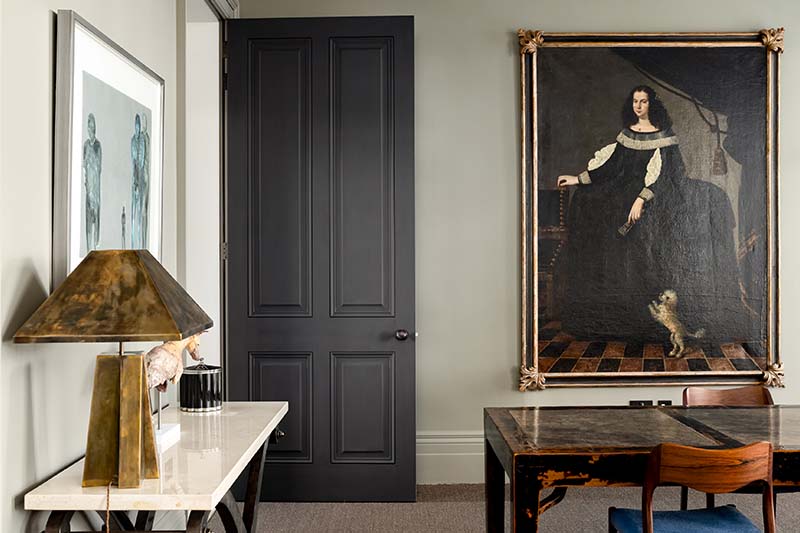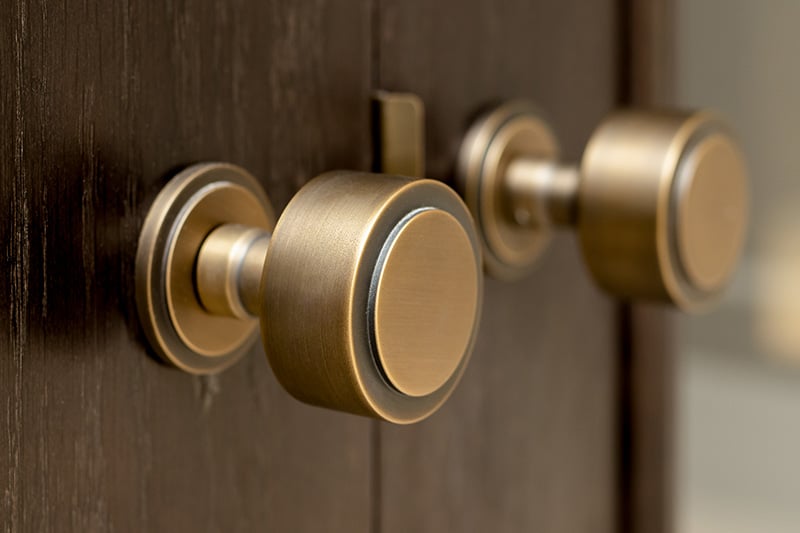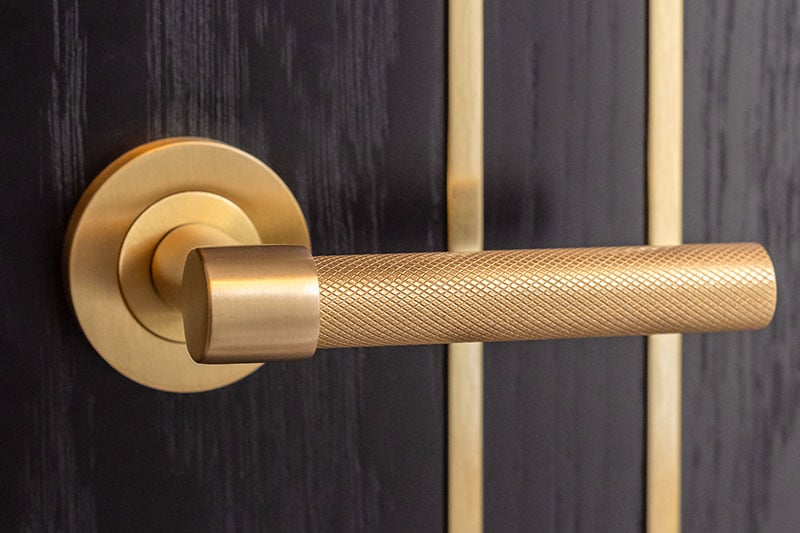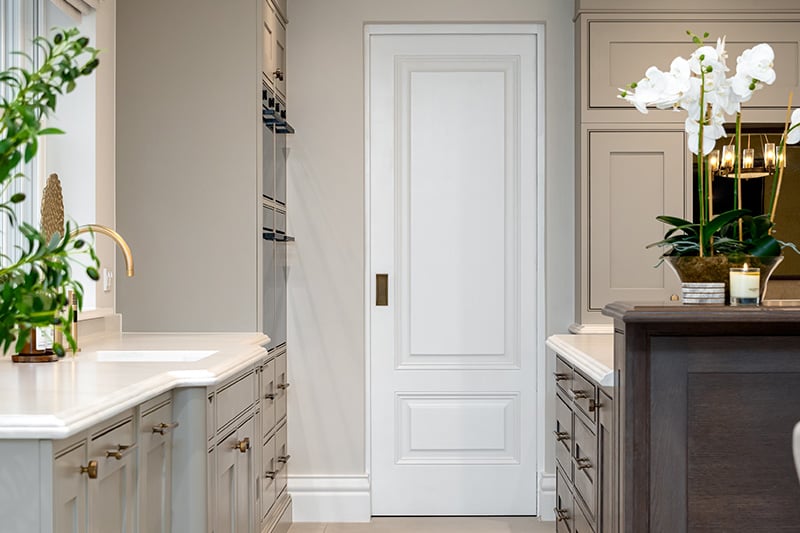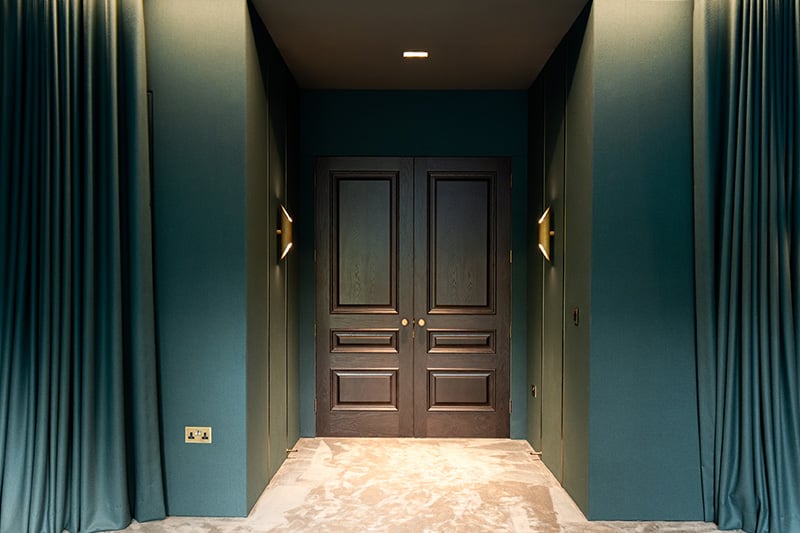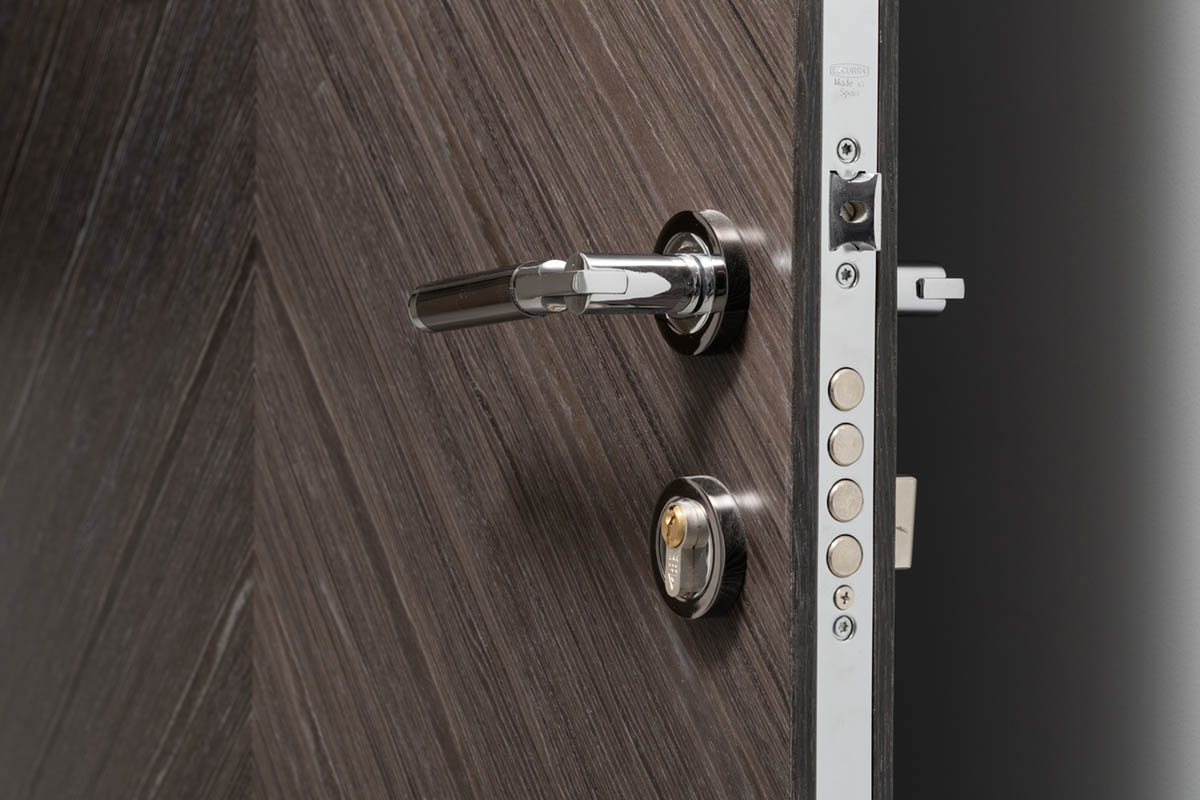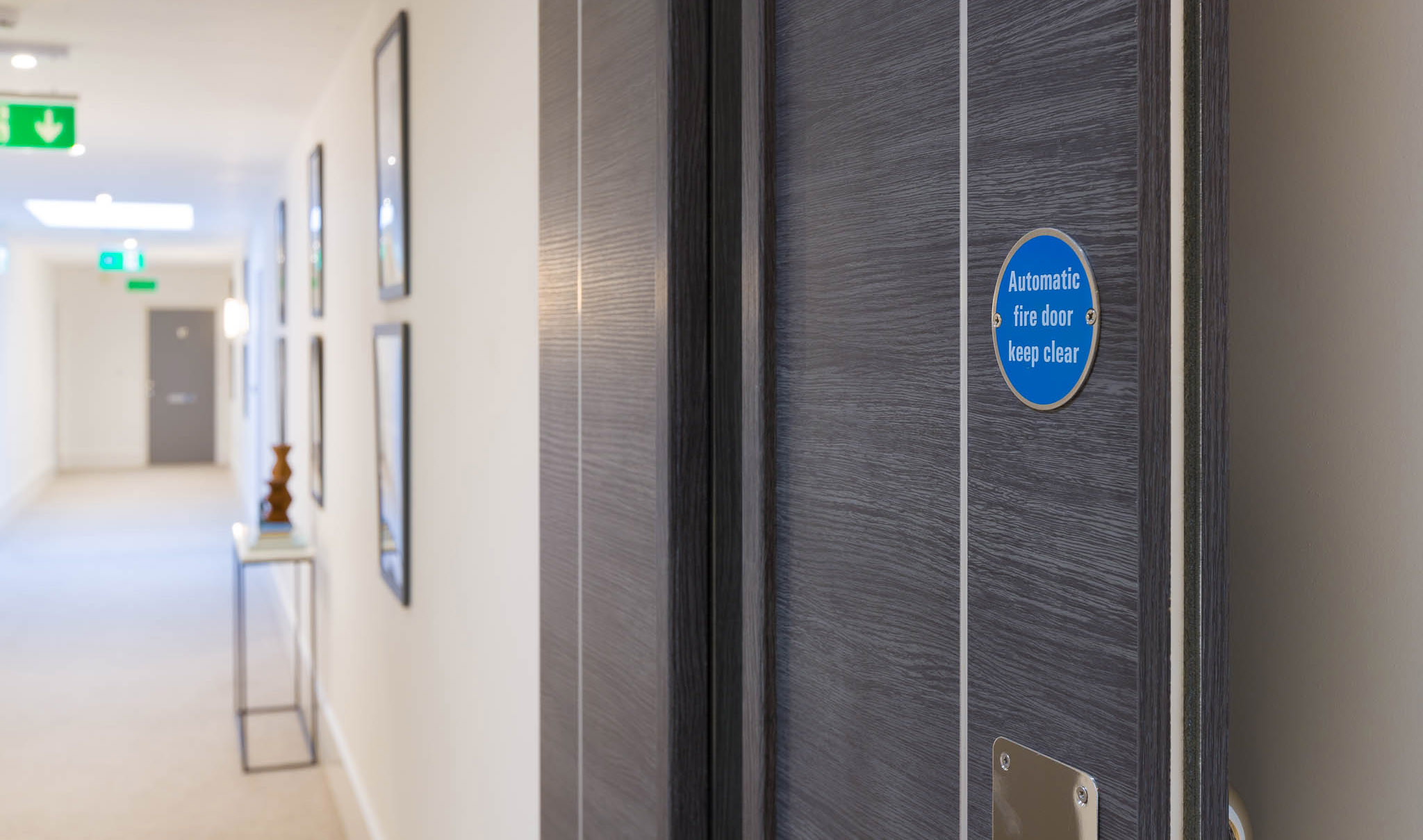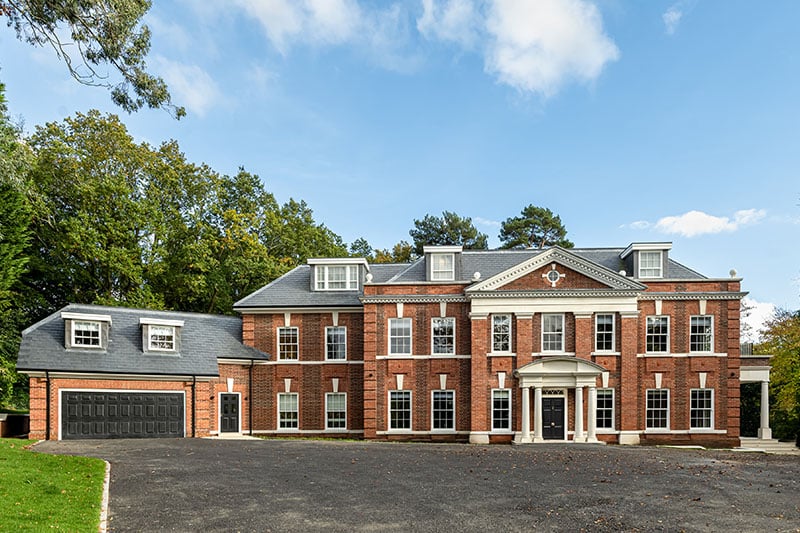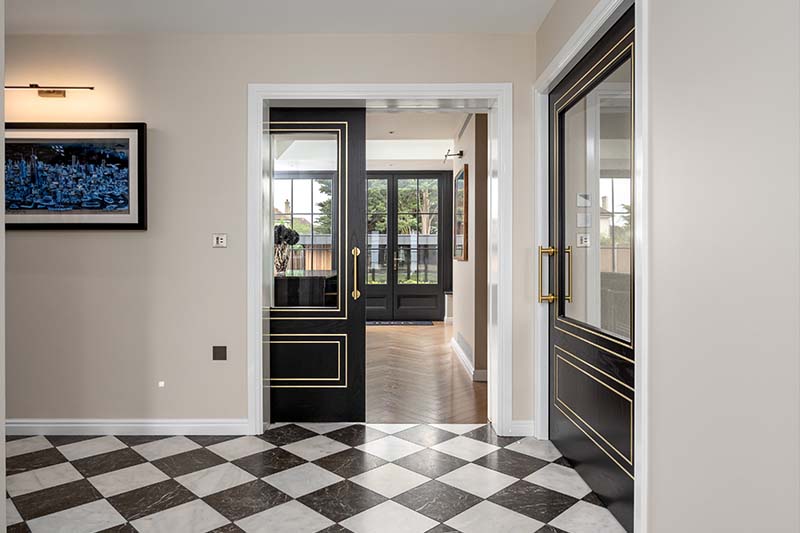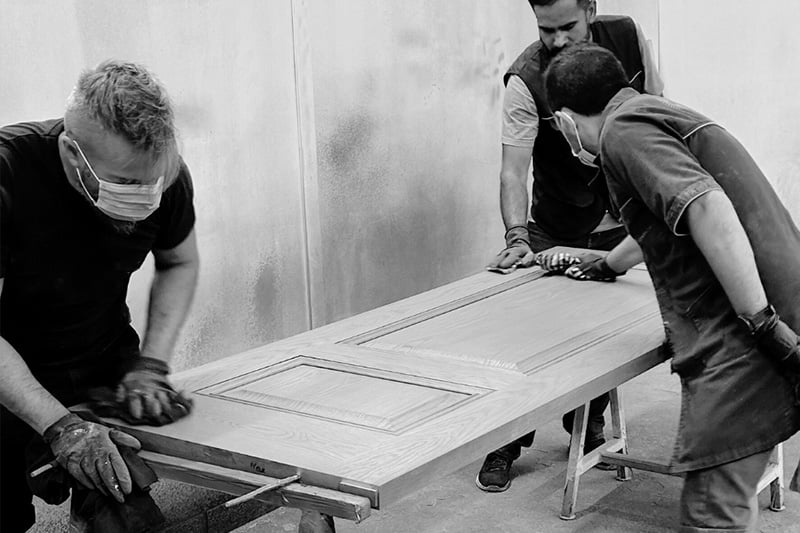When Do Doors Need a Leading Edge?
14th May 2025-14.png)
In the world of luxury interiors, perfection lies in the details. At Denleigh, we believe that every element of a bespoke door — from the grain of the timber to the angle of its edge — should be as refined as the property it graces. One such detail, often subtle yet critical to both performance and appearance, is the leading edge.
What is a Leading Edge?
A leading edge is a precisely machined bevel or chamfer applied to the edge of a door. Its purpose? To allow the door to open and close with effortless grace — particularly in situations where the door opens away from the viewer.
This refined shaping ensures that the edge of the door glides past the frame cleanly and without resistance — a small adjustment, but one that has a significant impact on how the door feels and functions.


Why Does It Matter in High-End Homes?
In luxury properties, quality is not just seen — it’s felt. A door that catches, rubs, or closes awkwardly compromises the seamless experience that homeowners expect from a bespoke interior. A leading edge ensures fluid movement and tactile harmony, especially in large, tall or heavyweight doors that are often specified in premium designs.
Here are a few scenarios where this elegant detail becomes essential:
- For Flush, Minimalist Aesthetics
Contemporary luxury interiors often favour flush door sets and minimal sightlines. In these cases, tolerances between the door and frame are finely tuned. A leading edge allows the door to open fully and without obstruction, preserving clean lines and architectural intent. - When Doors Open Away From the Viewer
A leading edge is particularly important for doors that open outward — away from the hinge side. Without this subtle angle, the door can bind against the frame. The result? A slight resistance or hesitation during opening — unacceptable in homes where every touchpoint is curated. - In Double Door Configurations
For paired doors, especially those leading into formal rooms, leading edges ensure a perfect meeting point. Whether rebated or non-rebated, this detail helps maintain symmetry and precision — ensuring both visual balance and smooth operation. - For Fire-Rated or Acoustic Doors
Many high-end homes now incorporate discreet fire safety and sound insulation features. A leading edge works harmoniously with seals and frame systems to enhance performance, without compromising on design integrity. - For Statement Entrances
Grand entrances and oversized pivot doors — often a focal point in prestigious residences — benefit greatly from a leading edge. It complements the engineering of the hinge system and ensures that these striking architectural features function as effortlessly as they look.


The Denleigh Approach
At Denleigh, we don’t just supply doors — we craft architectural statements. Every door we design is meticulously tailored, and that includes advising when a leading edge is required for optimal elegance and ease.
Our team works closely with architects, interior designers, and discerning homeowners to ensure that each door is not only aesthetically refined but also technically flawless. The inclusion of a leading edge is one of many subtle refinements that elevate a door from standard to exceptional.
In Summary
A leading edge may be invisible to the eye, but its presence is unmistakably felt. It brings quiet sophistication to every open and close — a finishing touch worthy of the finest homes.
If you’re commissioning doors for a luxury residence, our expert consultants are here to guide you through every detail — ensuring your bespoke door performs as beautifully as it looks.
Contact Denleigh today to discuss your next project and discover how craftsmanship meets considered engineering.
